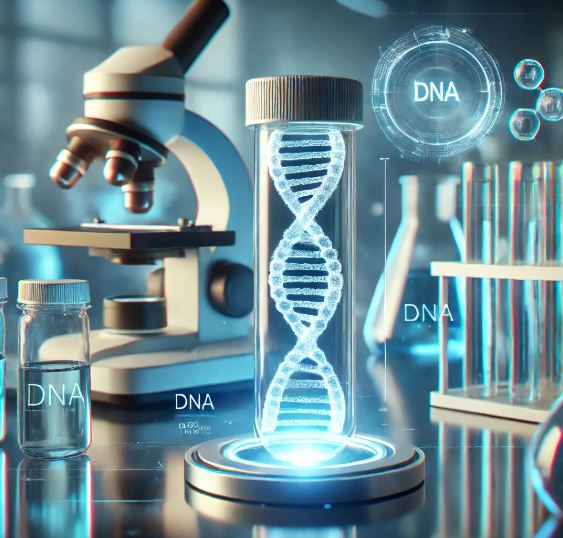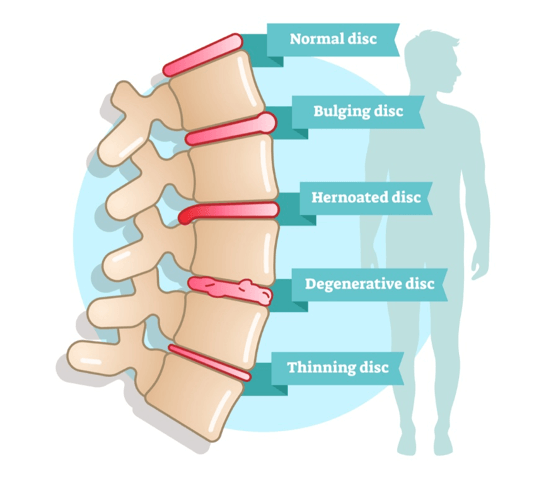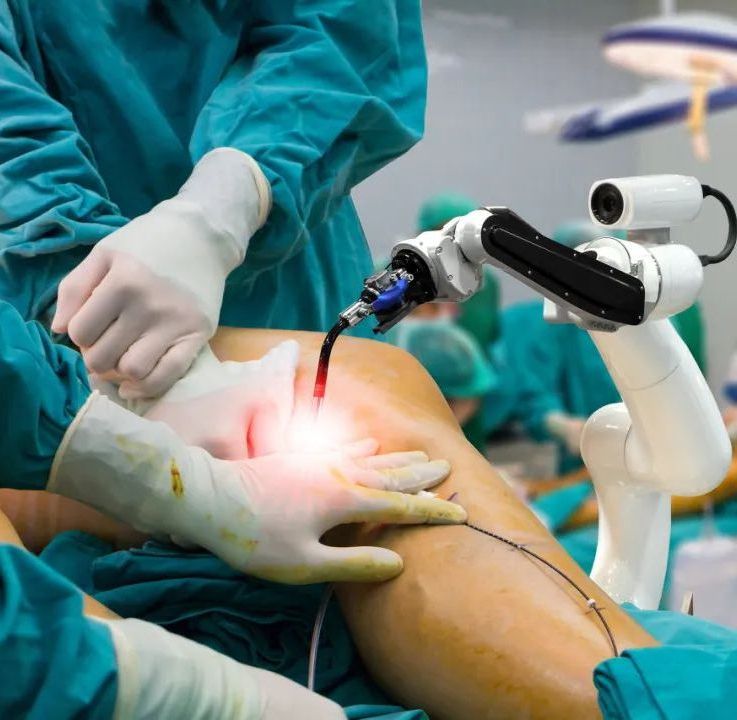Artificial Intelligence in Healthcare
Revolutionizing Medical Innovation and Patient Care
The healthcare sector is undergoing a transformation thanks to artificial intelligence (AI), which is changing how illnesses are identified, treated, and controlled. AI has the potential to improve healthcare’s accuracy, accessibility, and efficiency in a variety of ways, from improving medical imaging to simplifying administrative duties. The impact of AI in healthcare is evident, since the global industry is expected to reach $188 billion by 2030.
The Role of AI in Modern Healthcare
1. Early Disease Detection and Diagnosis
AI-driven algorithms are significantly improving the accuracy of disease detection, particularly in radiology and pathology. AI-powered tools, such as IBM Watson and Google’s DeepMind, can analyse medical images with precision, identifying anomalies that might be overlooked by human radiologists. For instance, a study published in Nature found that AI could detect breast cancer in mammograms with a 94.5% accuracy rate, surpassing human doctors.

2. Personalized Treatment Plans
AI is making personalized medicine a reality by analysing patient data, including genetic information, lifestyle choices, and medical history. Machine learning models can predict patient responses to various treatments, enabling doctors to design targeted therapies. For example, AI applications in oncology help oncologists recommend customized treatment plans for cancer patients, reducing trial-and-error approaches and improving survival rates.
3. AI in Drug Discovery and Development
Traditionally, drug development is a time-consuming and costly process, often taking over a decade to bring a new drug to market. AI accelerates this process by predicting molecular interactions, identifying potential drug candidates, and analysing vast datasets. Companies like Insilico Medicine and BenevolentAI leverage AI to expedite drug discovery, potentially reducing costs by up to 40%.
4. Robotic Surgery and Precision Medicine
AI-powered surgical robots, such as the da Vinci Surgical System, are enhancing precision in complex procedures. These systems assist surgeons by offering real-time data, reducing human error, and enabling minimally invasive surgeries. Studies suggest that robotic-assisted surgeries lead to shorter hospital stays, reduced complications, and faster patient recovery times.

5. AI in Healthcare Administration
Beyond clinical applications, AI optimizes administrative workflows in hospitals. Natural Language Processing (NLP) automates medical transcriptions, chatbots handle patient inquiries, and AI-driven predictive analytics help hospitals manage resources efficiently. McKinsey estimates that AI-driven automation could save the US healthcare industry up to $150 billion annually by 2026.
Challenges and Ethical Considerations
Despite its benefits, AI in healthcare faces challenges, including data privacy concerns, ethical dilemmas, and the need for regulatory approvals. Ensuring AI models are unbiased and interpretable remains a critical issue. Moreover, while AI can augment healthcare professionals, it should complement rather than replace human expertise.
The Future of AI in Healthcare
The future of AI in healthcare is promising, with ongoing advancements in deep learning, wearable technology, and telemedicine. AI-driven virtual health assistants and remote monitoring tools are expected to expand access to healthcare, especially in underserved regions. As AI continues to evolve, it has the potential to reshape global healthcare by improving patient outcomes, reducing costs, and making precision medicine a reality.
Conclusion
The integration of AI in healthcare is a game-changer, offering unprecedented opportunities to enhance diagnostics, treatment, and patient care. While challenges remain, the benefits far outweigh the risks. With continued research, collaboration, and ethical considerations, AI is set to revolutionize the healthcare landscape, ultimately saving lives and improving the quality of medical services worldwide.








